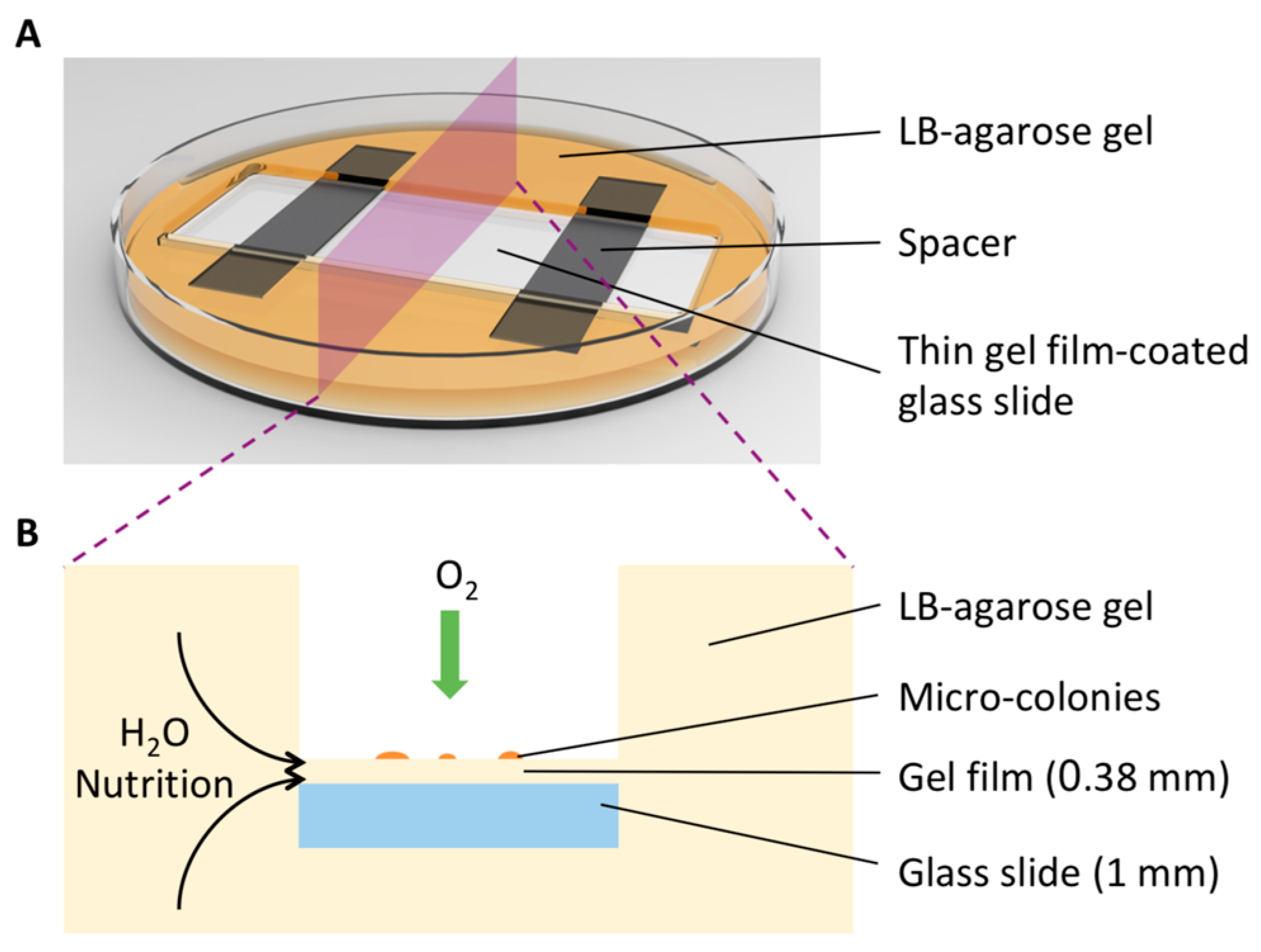What Are Some Advantages And Disadvantages Of The Serial Dilution Agar Plate Te

What are the advantages of dilution plate method? Counts performed by methods other than the serial dilution-agar plate procedure? The advantages and disadvantages of spread plate method. Start studying 13) Serial dilution agar plate. Learn vocabulary, terms, and more with flashcards, games, and other study tools. What is the advantages.
Each calibration standard solution is prepared based on the previous calibration standard. The process involves taking a portion of the previous standard and diluting it with the solvent to obtain the next calibration standard. The errors introduced with each successive dilution drops proportionately with the solution concentration. Preparing a series of calibration standards by this method reduces the amount of required time. Most calibration standards span a large range of concentrations, so the accuracy of the calibration standard prepared increases. Calibrations Solutions More Evenly Spaced. The dilution factor chosen for the series of calibration standards is achievable by using serial dilution.

The progression of calibration standard concentration is always a geometric series. Consider the example of making the first standard at 1/3 the concentration of the known, the next calibrant would be 1/9th the concentration of the known and the following two calibrants formed are 1/27th and 1/81st. This becomes a much greater advantage when the span of the calibration standards must cover several orders of magnitude in concentration.
Here's a paragraph about the molds that may help to infer the reason of the advantages during observation of mold colonies: 'Because the structural components of molds are very delicate, even simple handling with an inoculating loop may result in mechanical disruption of their components.The followi ng culture technique es used to to avoid this disruption. After culturing, molds spores are deposited in the surface of the agar and incubated in a moist chamber at room temperature. Direct microscopic observation is then possible without fear of disruption or damage to the anatomical components'. It may be more beneficial in this aspect: allowing a full and healthy growth of the mold, that is, with its complete structure, then to be able to proceed to look through the microscope maybe it form, type of spore,sporangia or mycelium.
Shl test rosneftj. In short, ensure that the mold to grow properly. Maybe it's not what you exactly were looking for but it could help you! Second Year of Microbiology bachelor's degree (University Of Puerto Rico in Arecibo) Paragraph taken of Capuccino/Sherman Microbiology. A laboratory Manual.Eight Edition. The following are some advantages of an agar plate verses a slant tube: 1. Surface area- An agar plate has a much larger surface area: a. Easier to isolate individual colonies using the streak-plate method.
Evaluate the colony shape, margin and elevation. Can grow a larger number of ce lls. Growth- An agar plate allows you to quantify the number of colonies on an agar plate, provided it is within the 30-300 range. Whereas the slant tube cannot quantify growth but only describes growth as none, slight, moderate, or large.